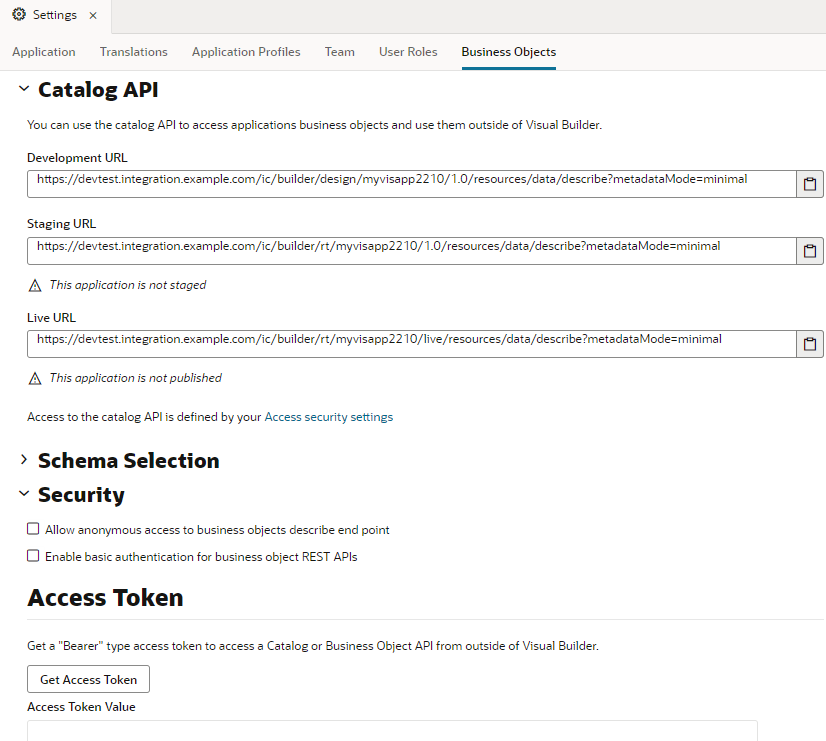Here, we will discuss different parts of a web app.following are the parts:
main:
It has the main flow or node and a main-start default page.
Fragments:
It is responsible to create reusable code, like portion of a web page - shell-footer, shell-header. We can use the fragments in all the pages.
Resources:
Under resources, we can see actions, components, we can write our own CSS, can import out own images, javascript files, strings(localizing and generalizing )
Root Pages
Root pages is a shell page , responsible to create skalaton of a page. Whatever we create in a shell, it will be showing across all the pages. Like header and footer of the pages. By default the shell page settings is set to main flow that means, if the web app is live, it will start with the main flow. We can change the default flow from main to any other flow if required. Similarly from main flow >> setttings , we can change the default page main-start to any other page.
























